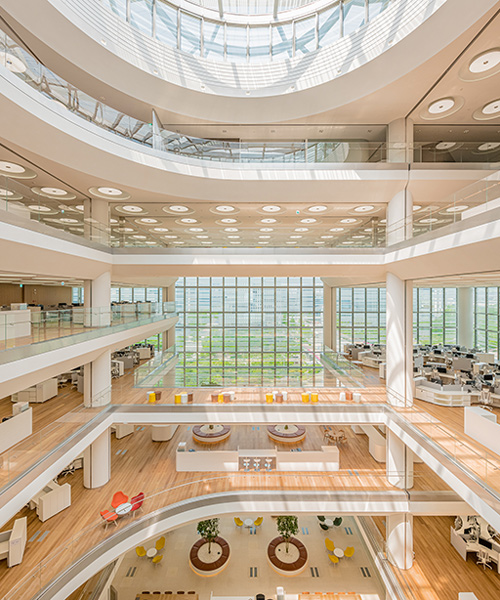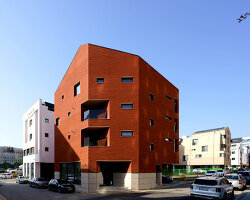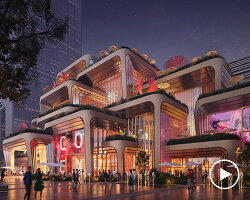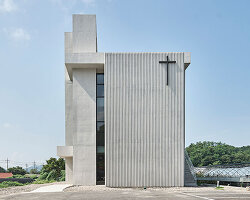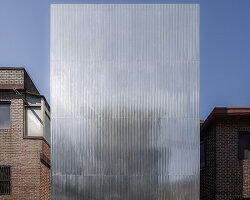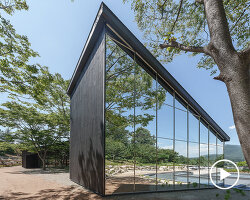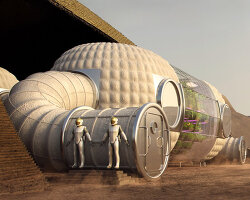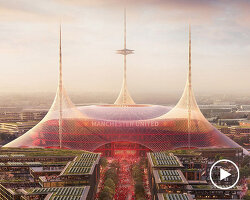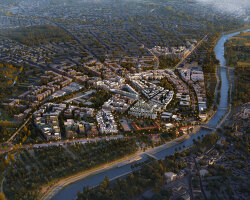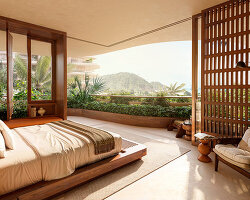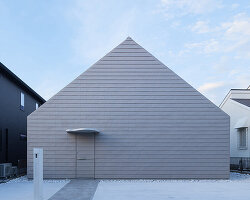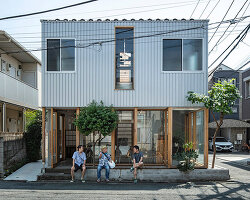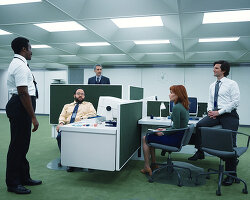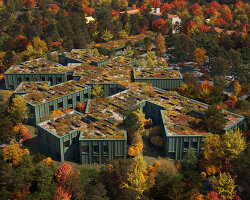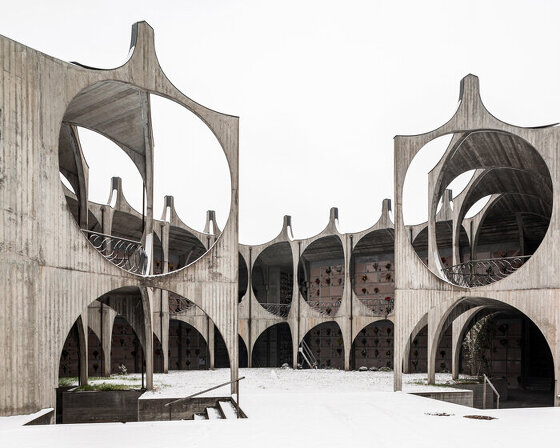in pangyo, on the outskirts of seoul, foster + partners has completed the new headquarters for south korean tire company hankook. the project follows the ‘hankook technodome’ — the company’s integrated R&D center — which was also designed by foster + partners. the company’s new HQ takes the form of a ten-storey building where floorplates spiral around a central atrium. this results in visual connections across the different levels, encouraging staff interaction, while also letting natural light deep into the heart of the building.
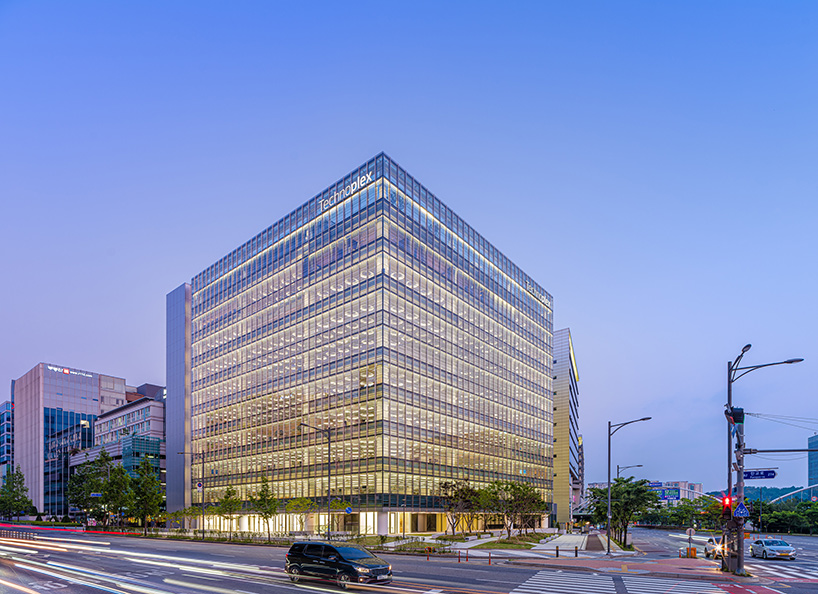
all images © time of blue
foster + partners says that the scheme embraces several themes that are symbolic of hankook’s desire to create a dynamic office environment that supports flexible working styles. ‘we wanted to design a workplace that was tailored to hankook’s needs and their desire to create a new egalitarian working culture,’ explains david nelson, head of design, foster + partners. ‘top-level executives are co-located with their teams on different levels, which promotes interaction between the key members, and enables a more fluid flow of information within the company.’
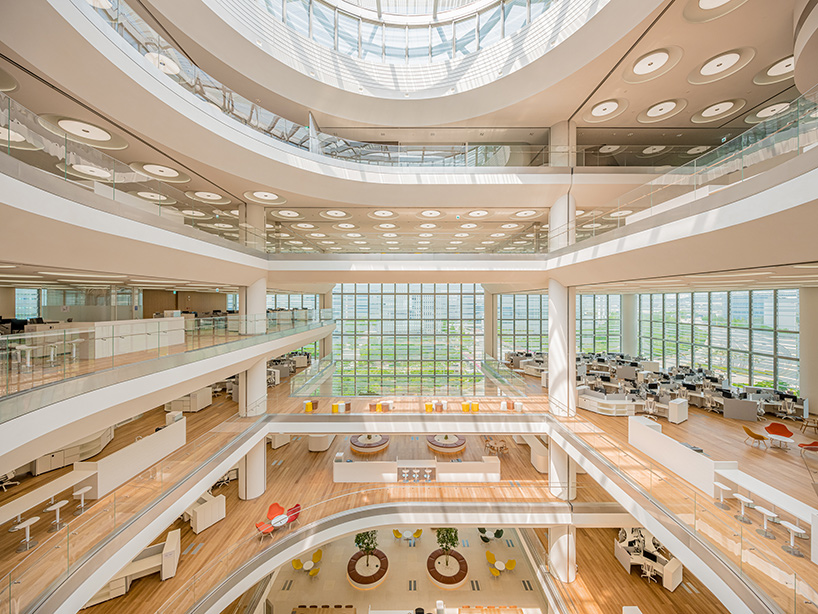
meanwhile, the open-plan workspaces can be configured organically to promote collaboration among different teams. the flexible layouts enable the building to adapt to changing needs over time, incorporating new ways of working as technologies evolve. ‘the open-plan workspaces can be configured organically to promote collaboration between different teams and also provide private space for smaller groups and individuals, all of this enables the building to adapt to changing needs over time, incorporating new ways of working as technologies evolve,’ nelson continues.
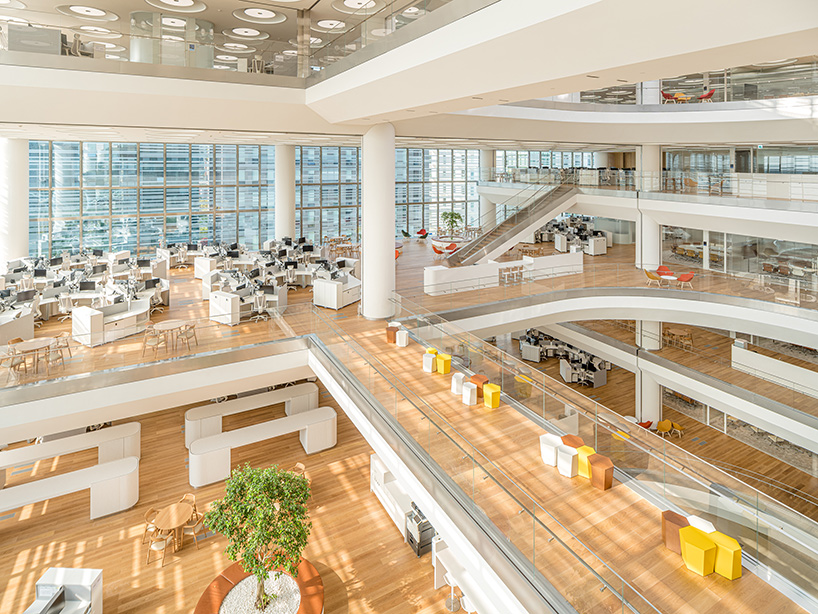
as visitors ascend to the main reception via an escalator they are greeted by a large site-specific art installation by jason bruges studio called, ‘digital phyllotaxy’. the artwork creates a visual metaphor for a tree canopy, bringing a sense of the outdoors inside the building. the interiors comprise naturally lit and flexible workspaces with indoor trees used to define breakout areas. designed for informal meetings and short breaks, these spaces overlook the central atrium from each level.
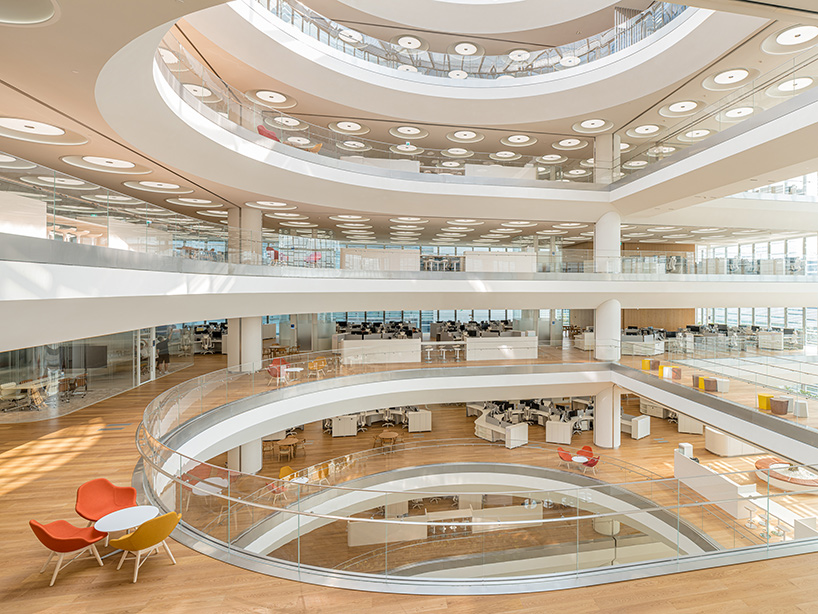
‘the building wholeheartedly embraces the principles of biophilia to create a workplace that is focused on well-being and sustainability,’ says nigel dancey, head of studio, foster + partners. ‘indoor trees define breakout spaces on each level with greenery traveling to the top of the building. the floorplates spiral around a central atrium, creating spaces of differing heights throughout the building. the dynamic volume generates visual connections across the different levels encouraging staff interaction, while also letting natural light deep into the heart of the building.’
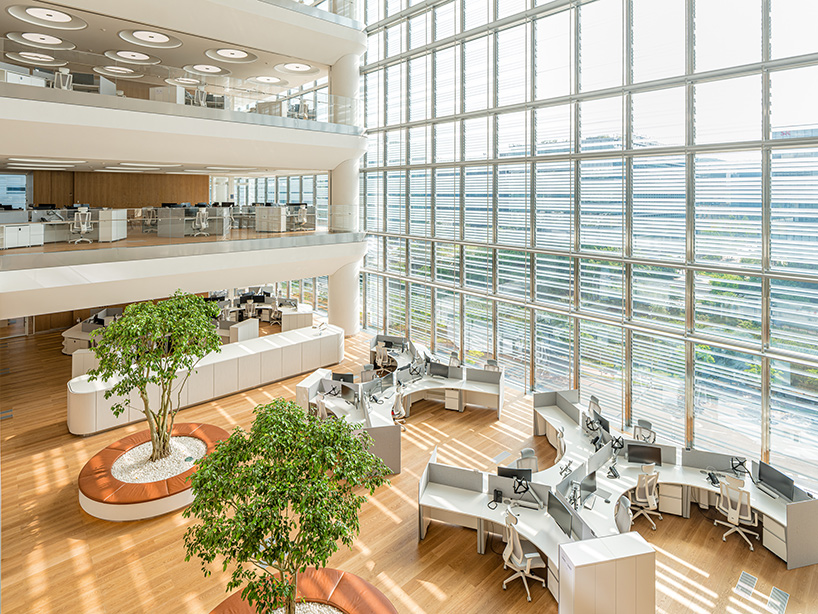
other on site amenities, including healthcare facilities, a staff restaurant, and a gymnasium, are found in the first basement, while a landscaped terrace and a rest area for employees is located on the roof. this garden takes advantage of unobstructed views across the pangyo area, offering a space for company events. the building also includes a business center with a 175-seat auditorium.
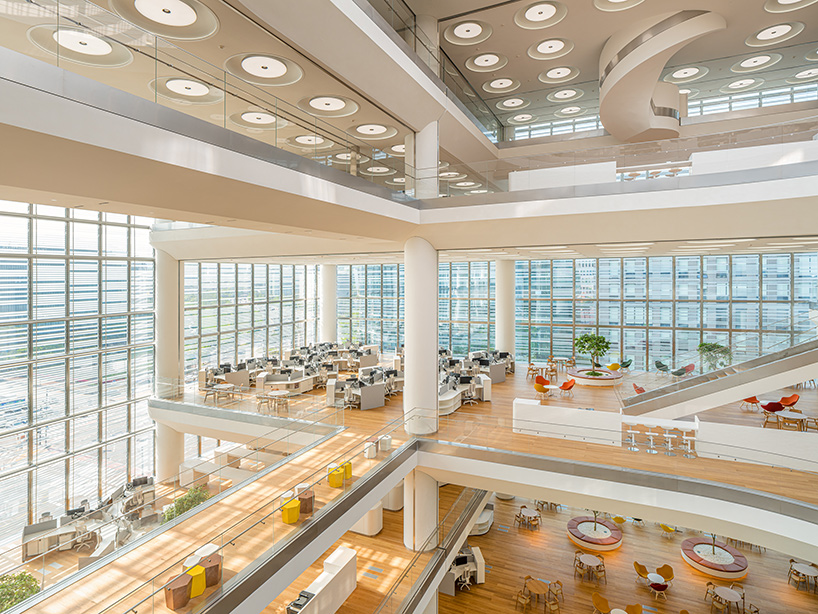
the building’s façades have been designed to optimize the use of natural light. glass louvers are wrapped around the building at varying levels of density to moderate the indoor light levels. for instance, the communal and social areas are designed to be brighter and more relaxed, while the workspaces have stricter controls on light levels complemented by an intelligent artificial lighting system. it this way, the façade responds to the activities taking place inside the building, also giving the building a unique visual identity.
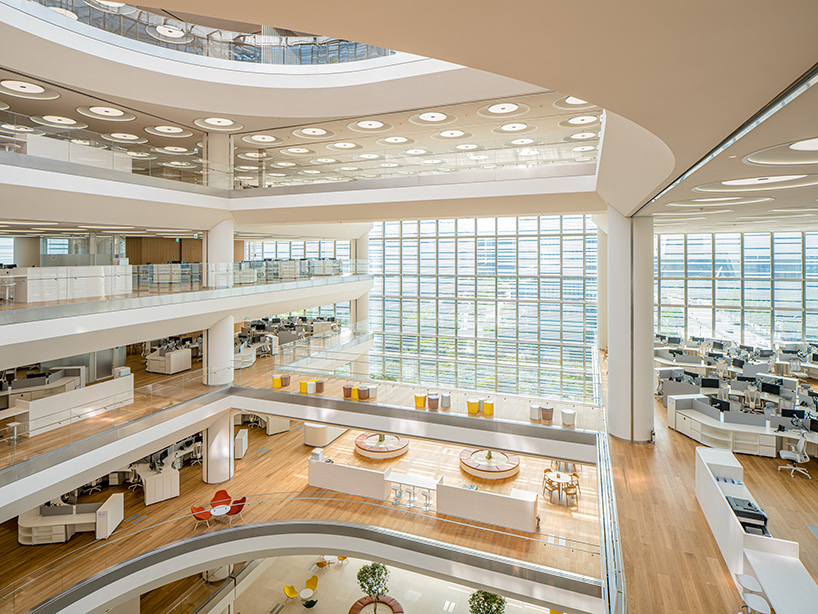
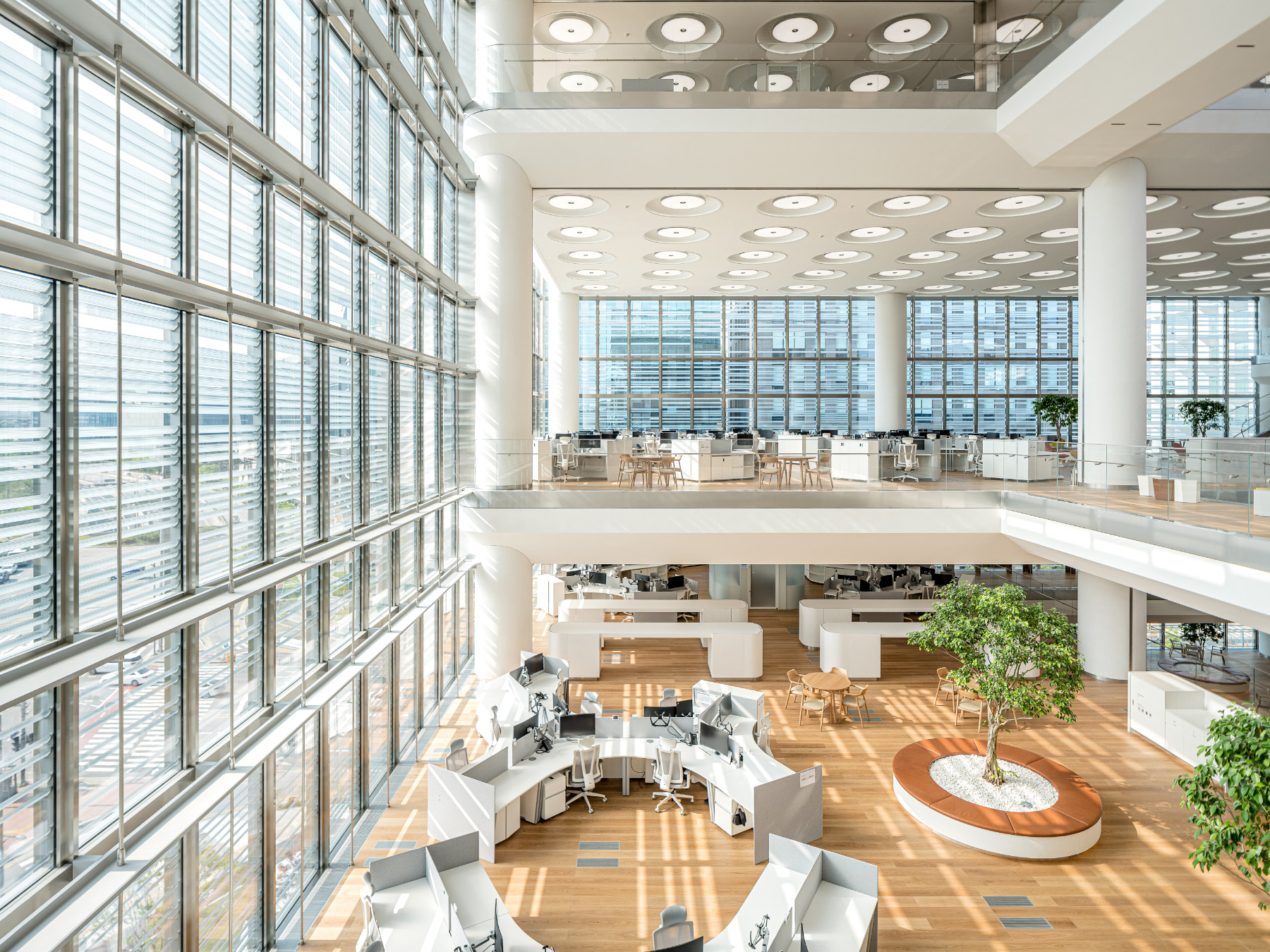
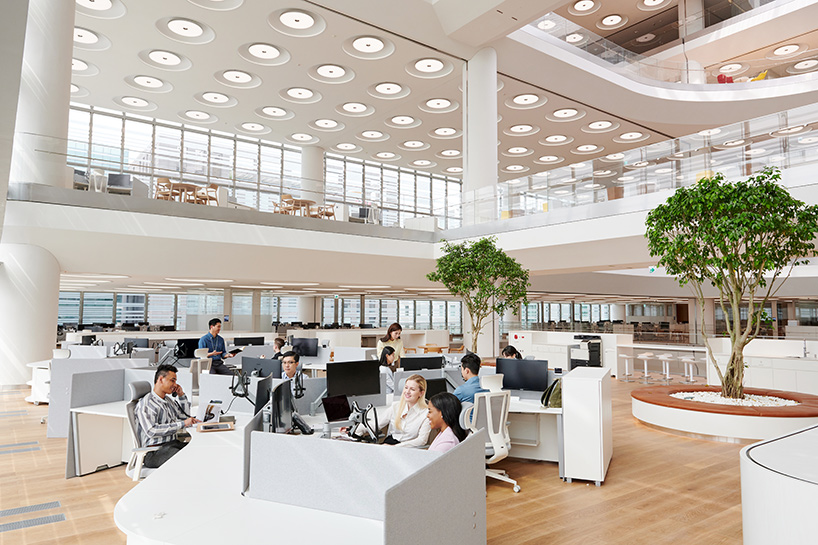
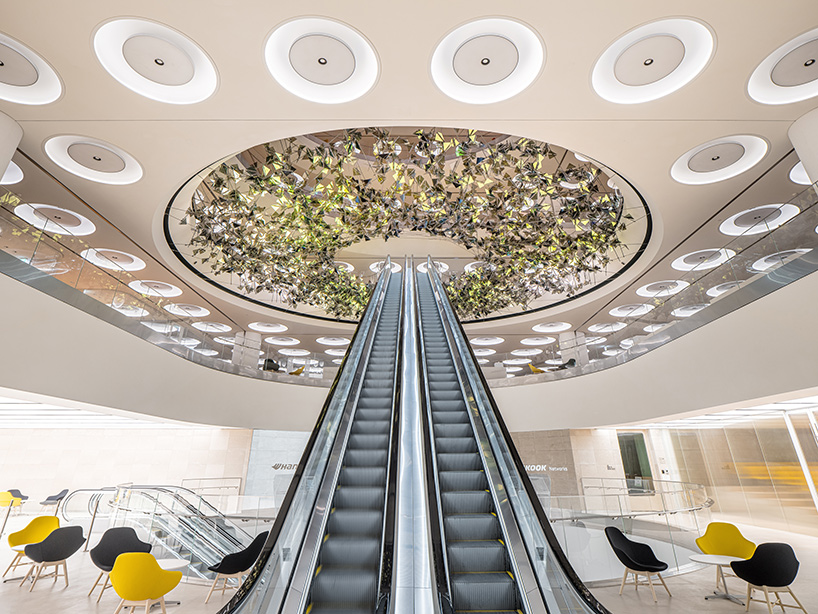
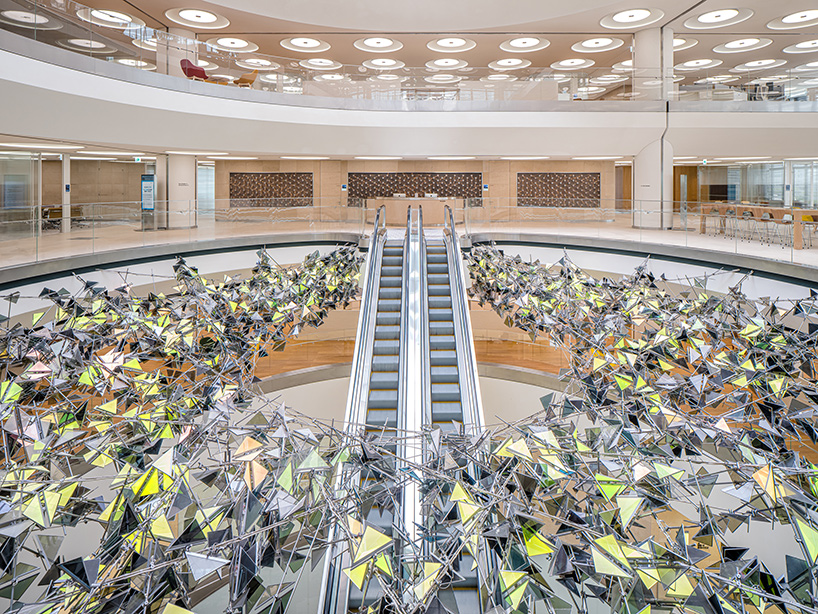
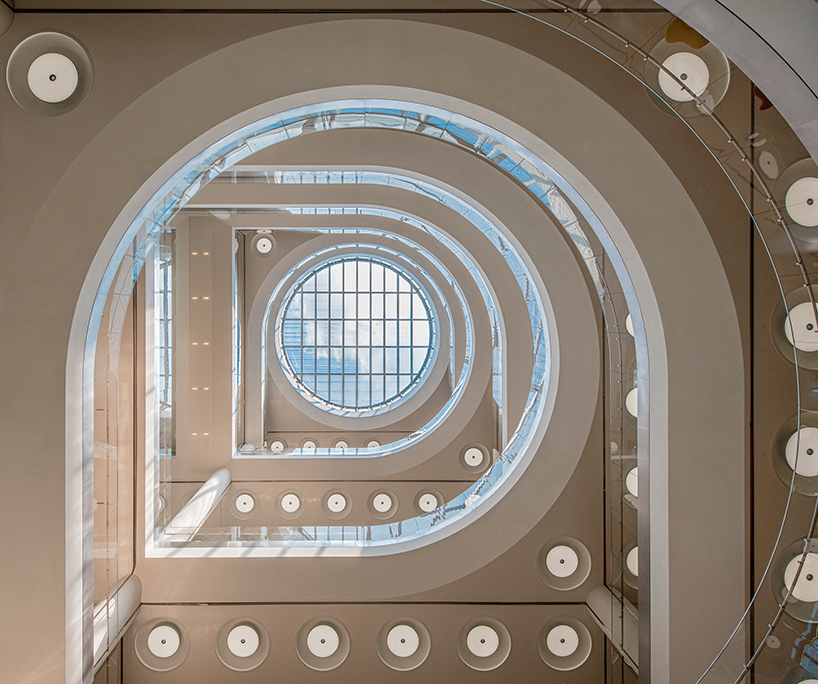
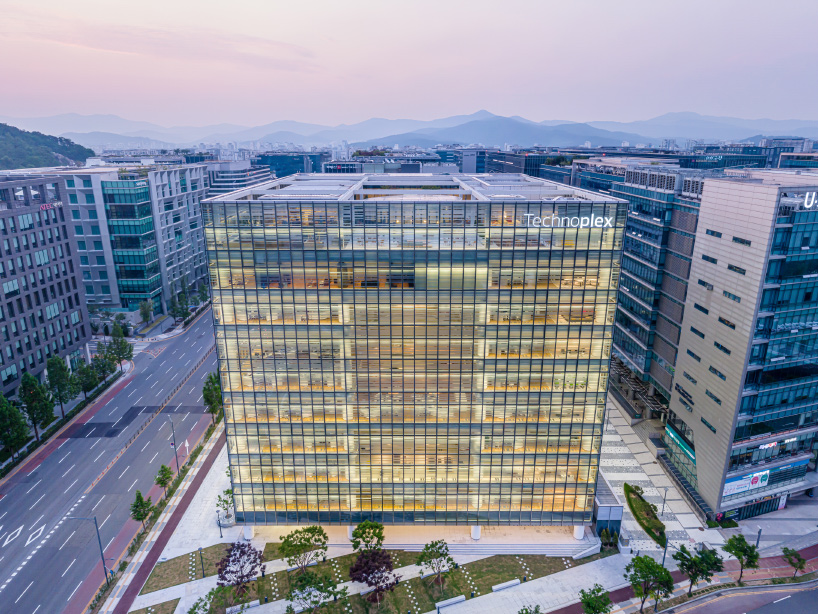
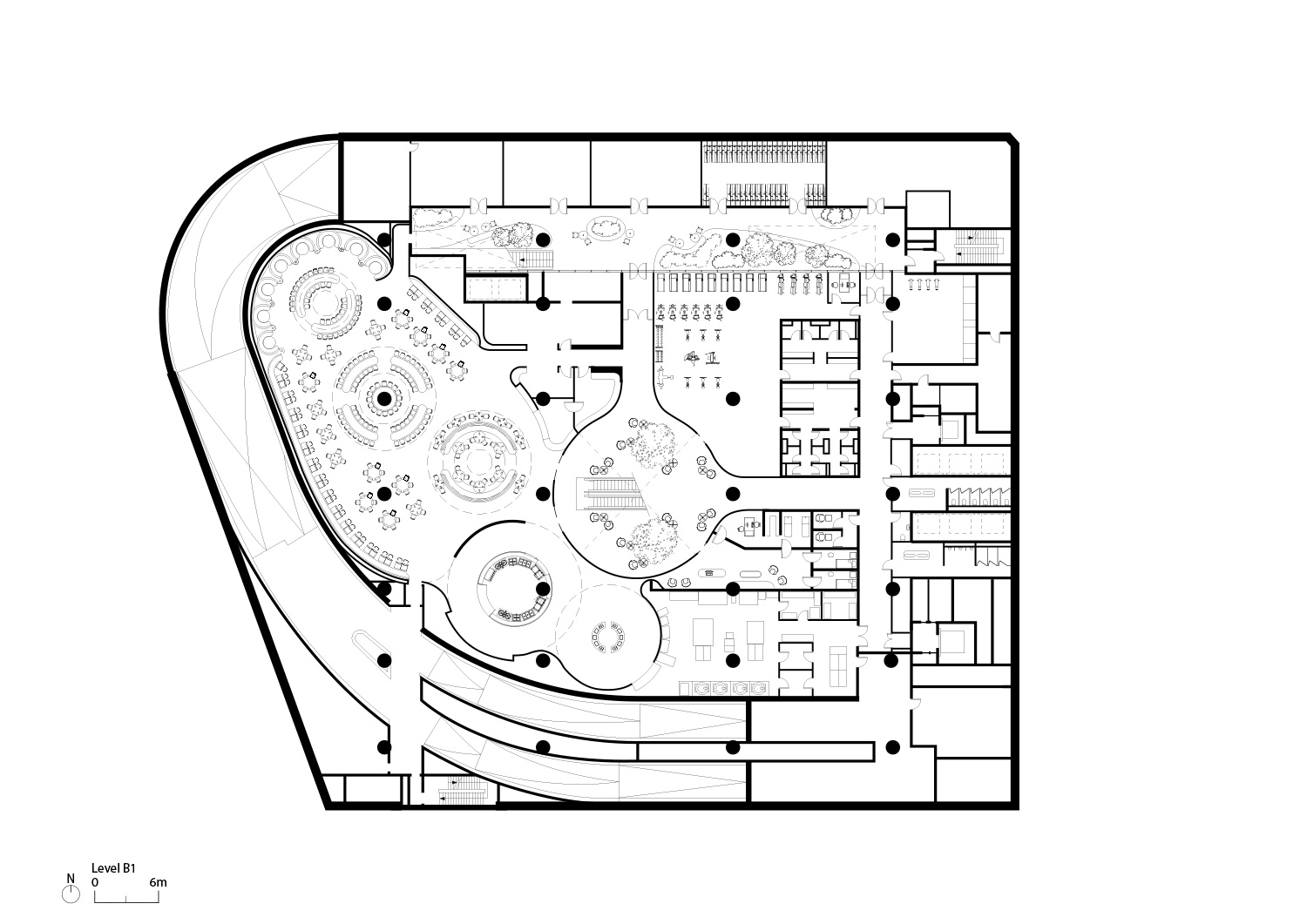
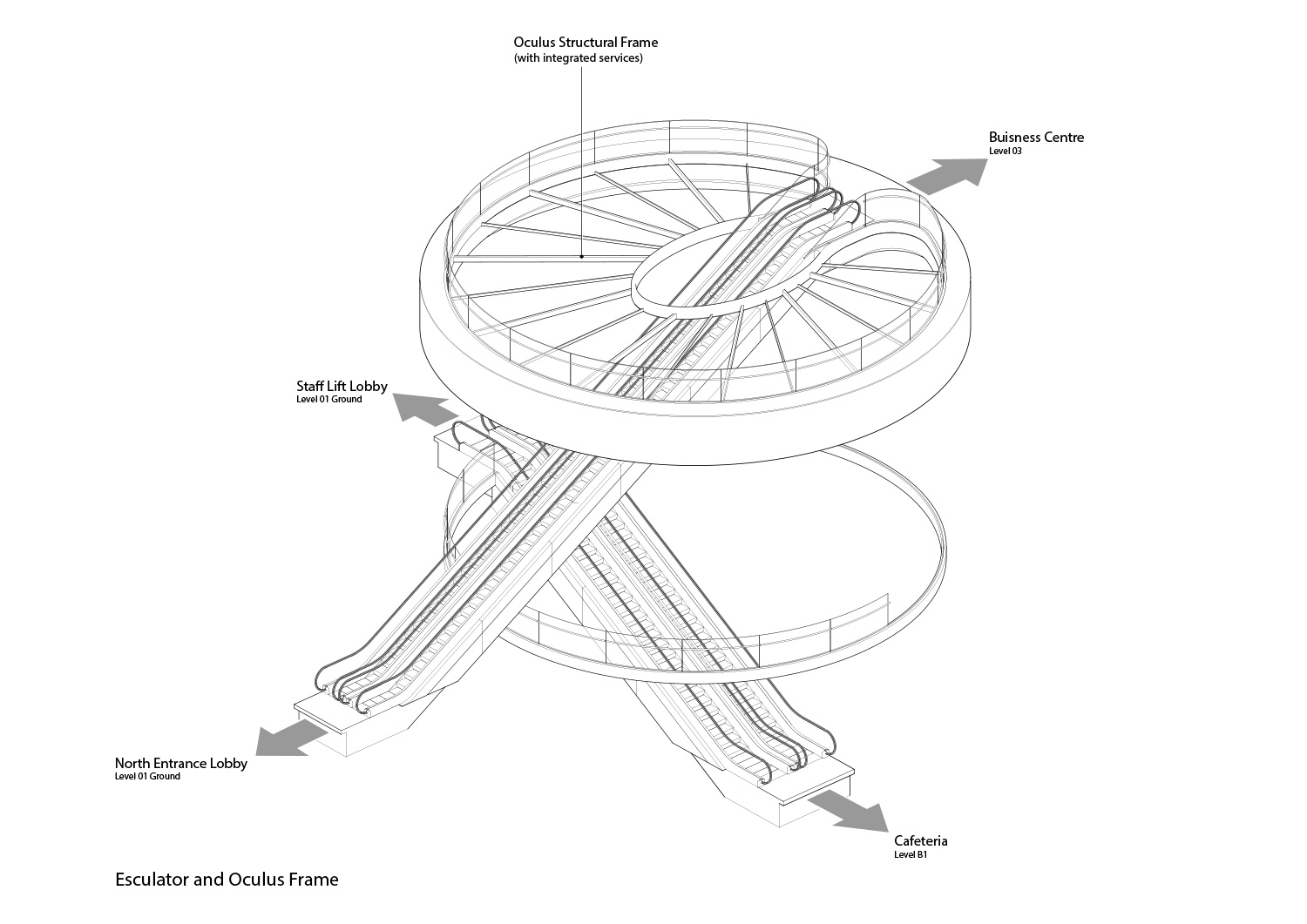
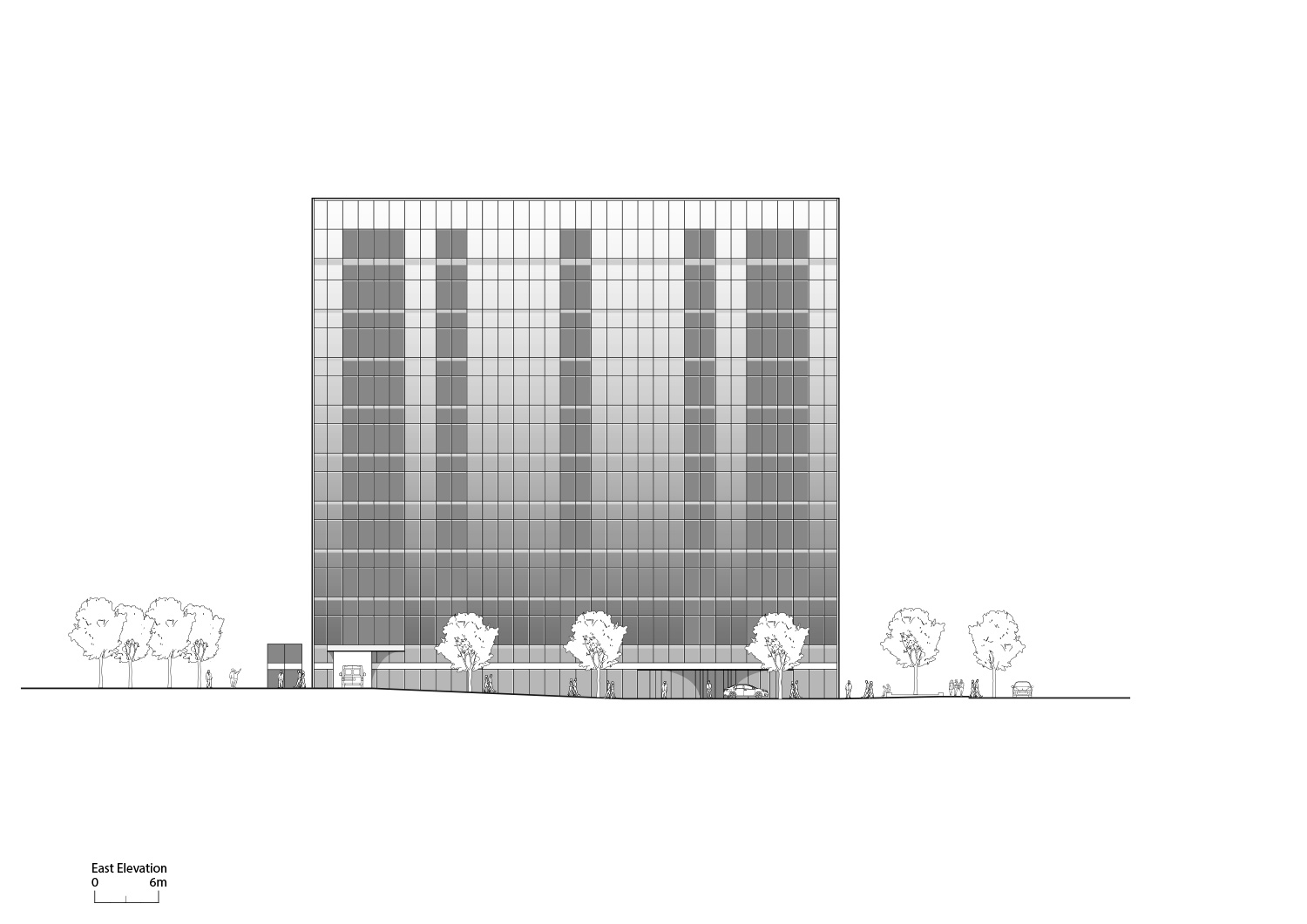

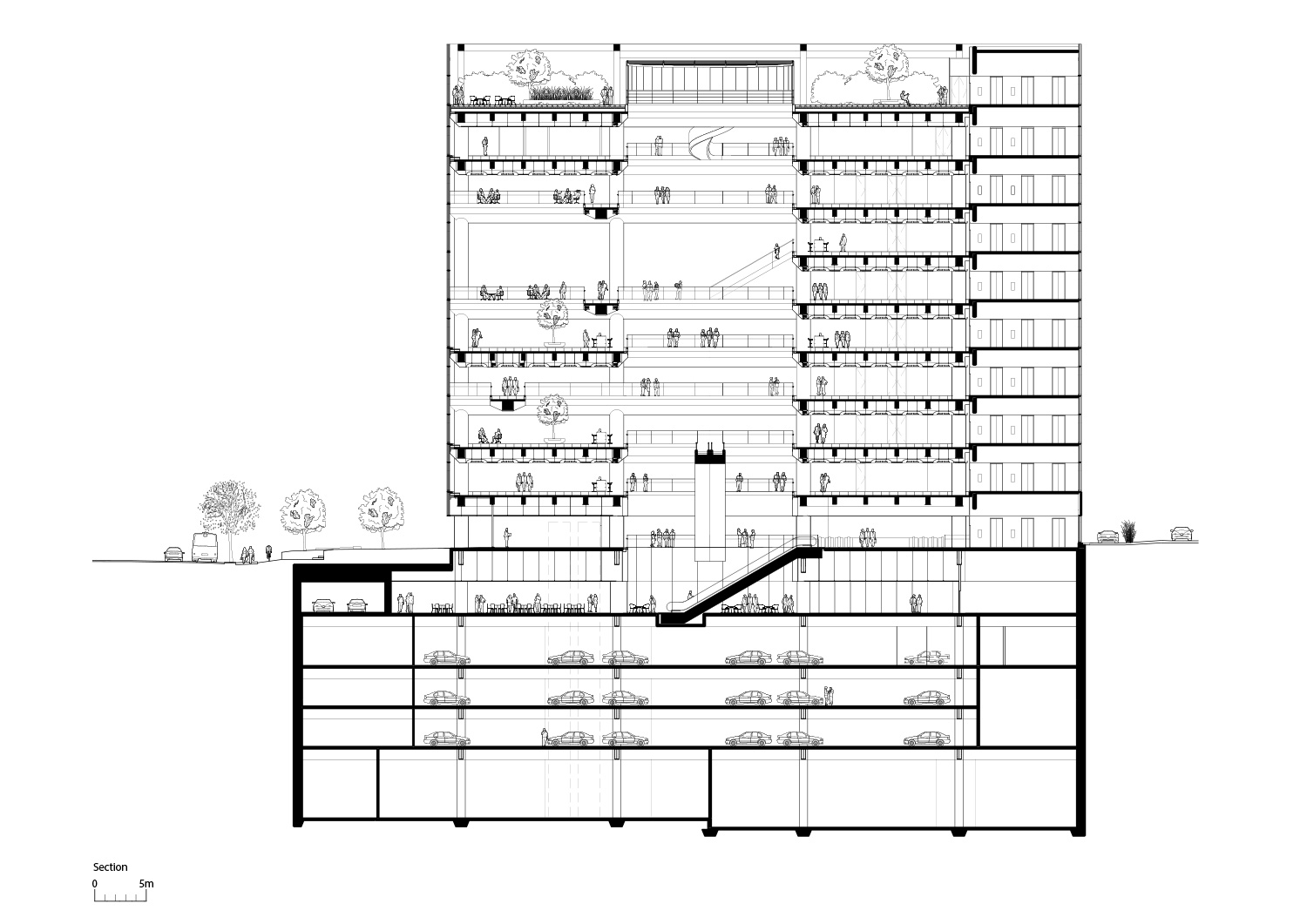
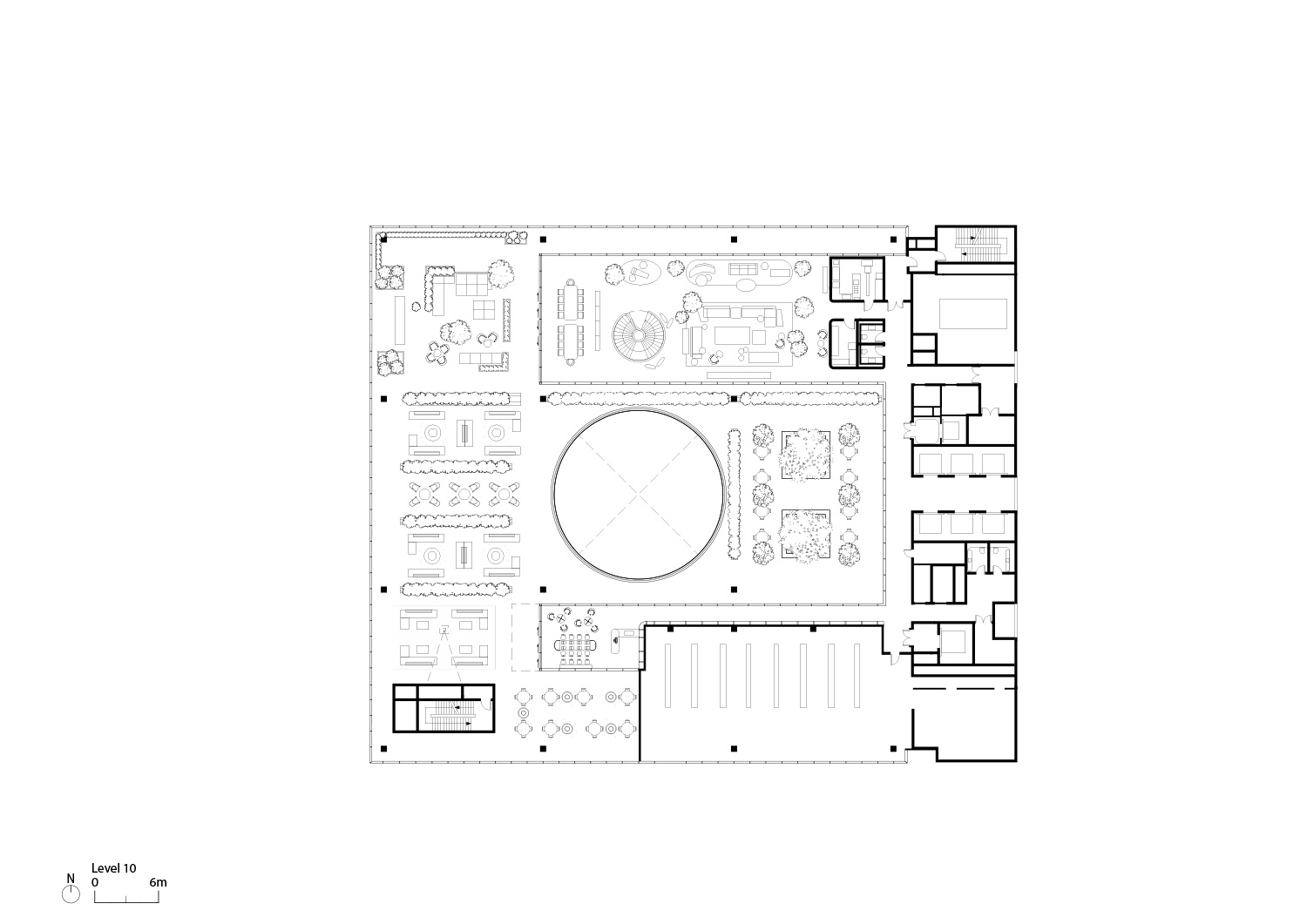
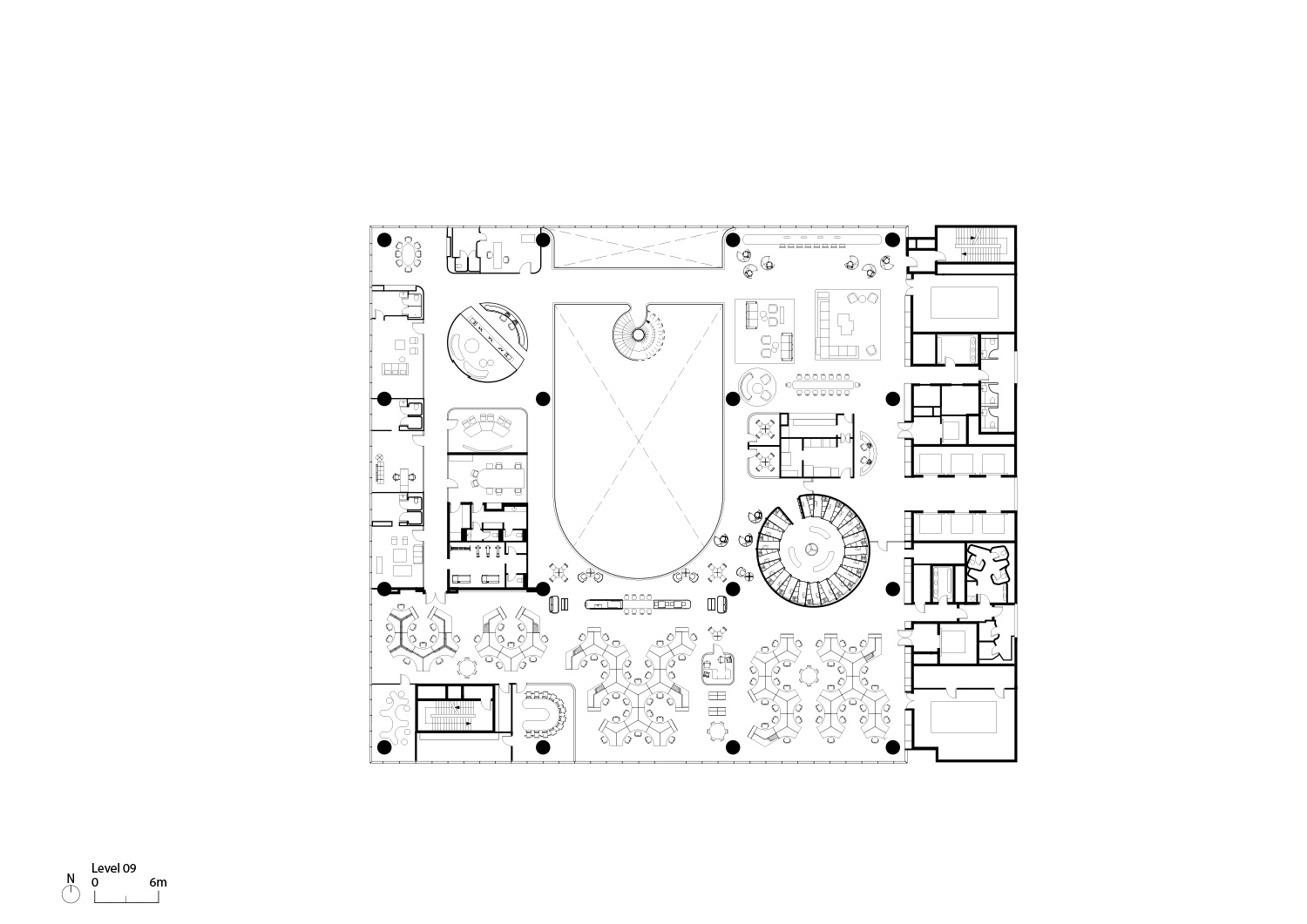
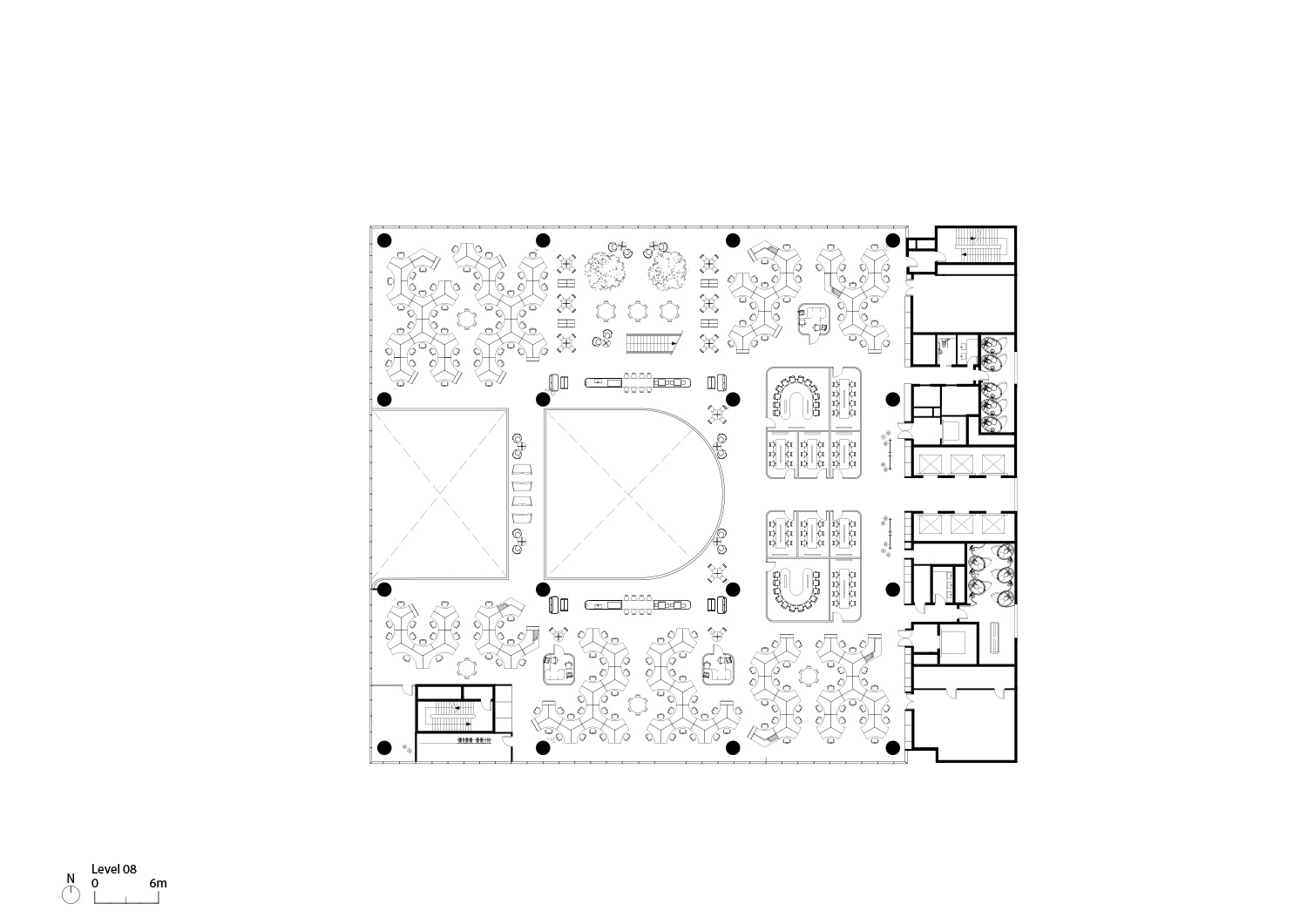
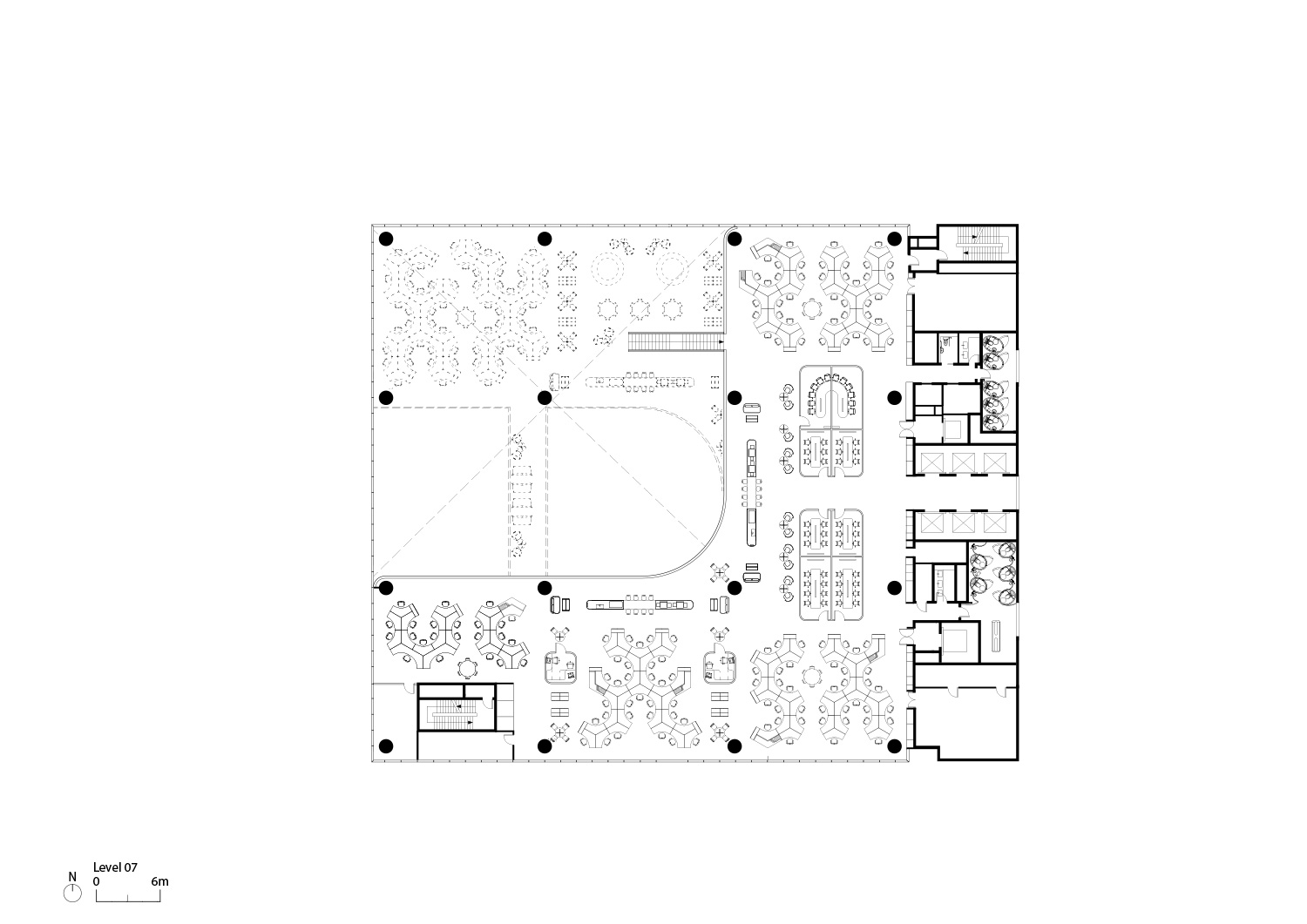
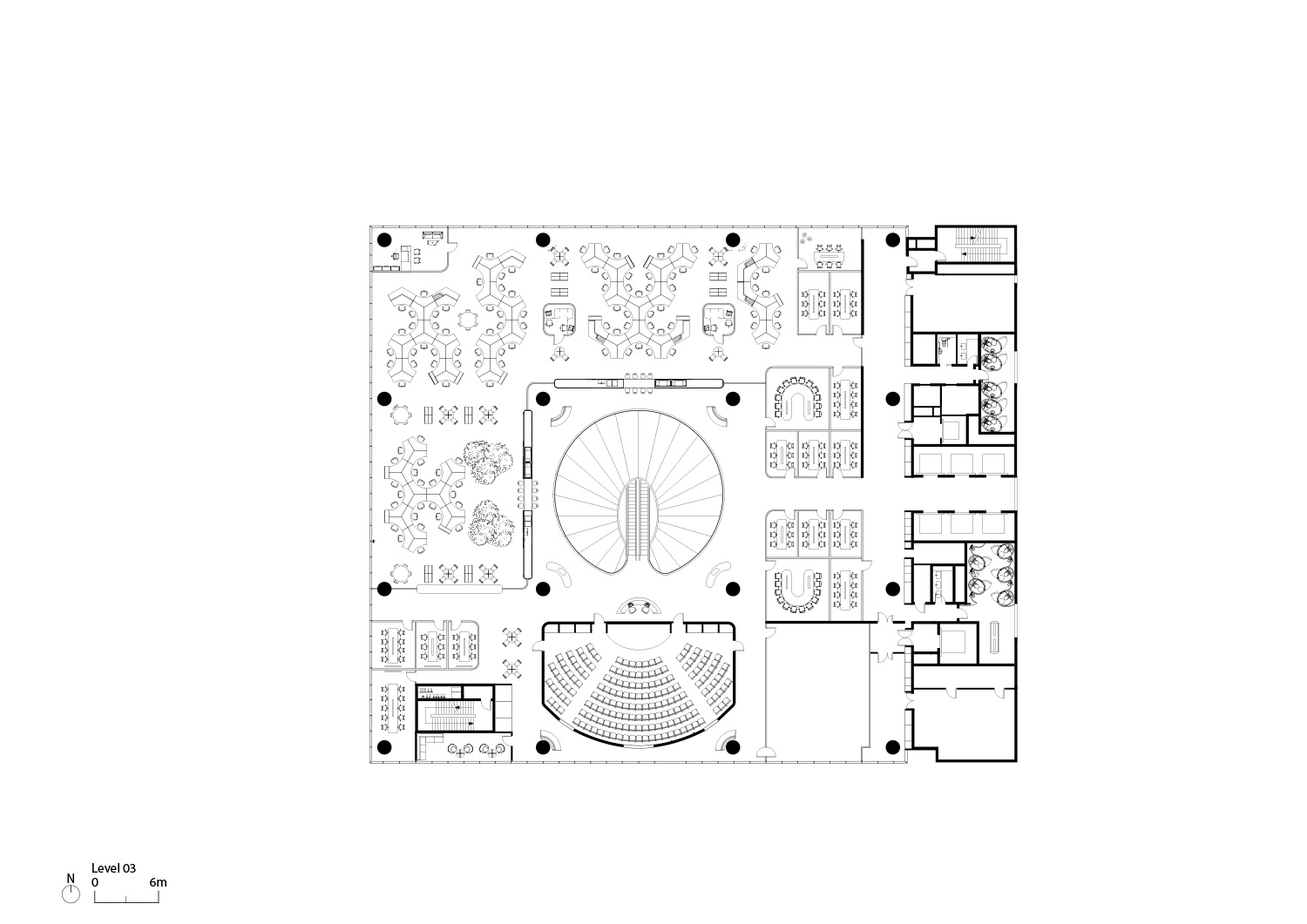
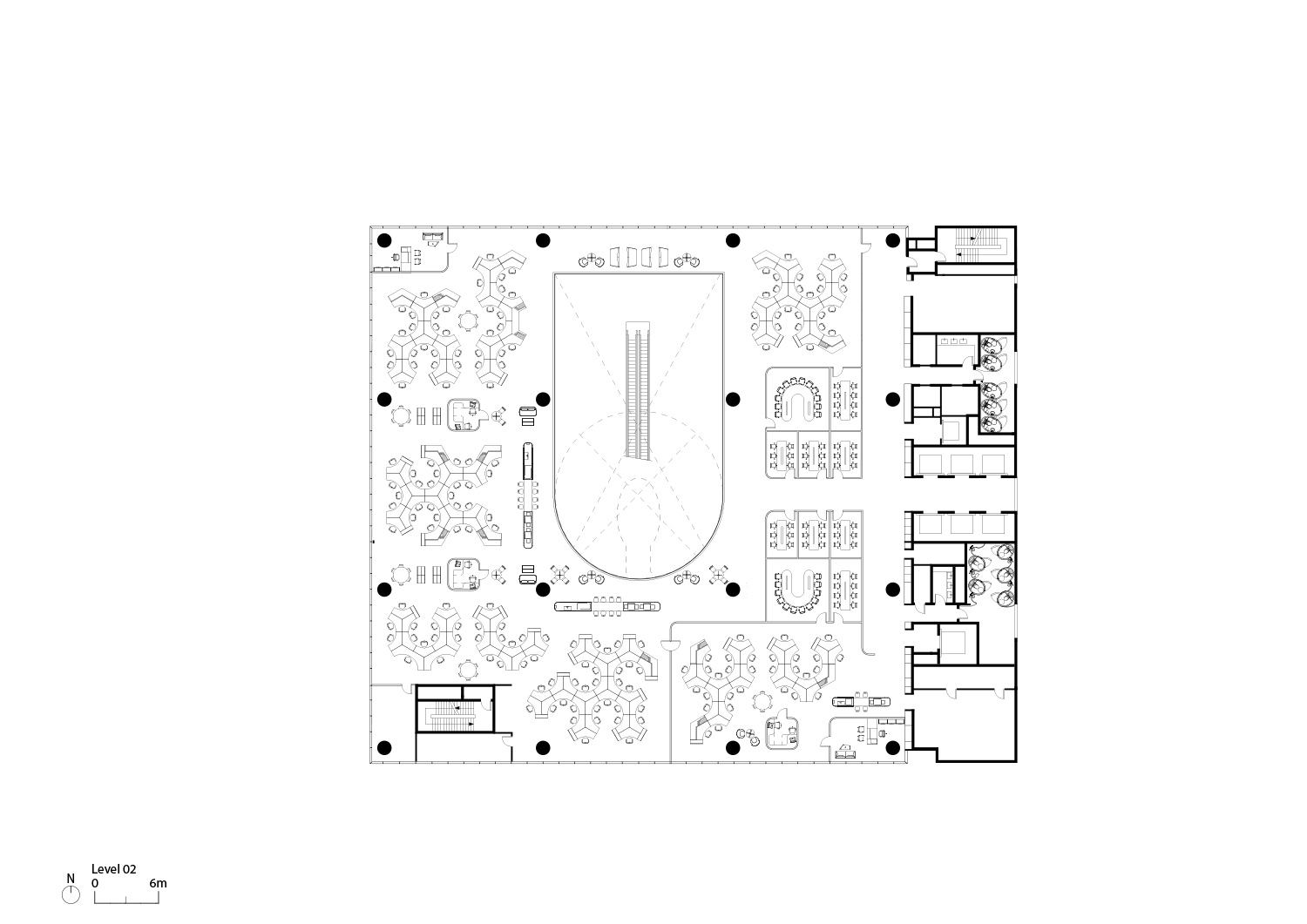
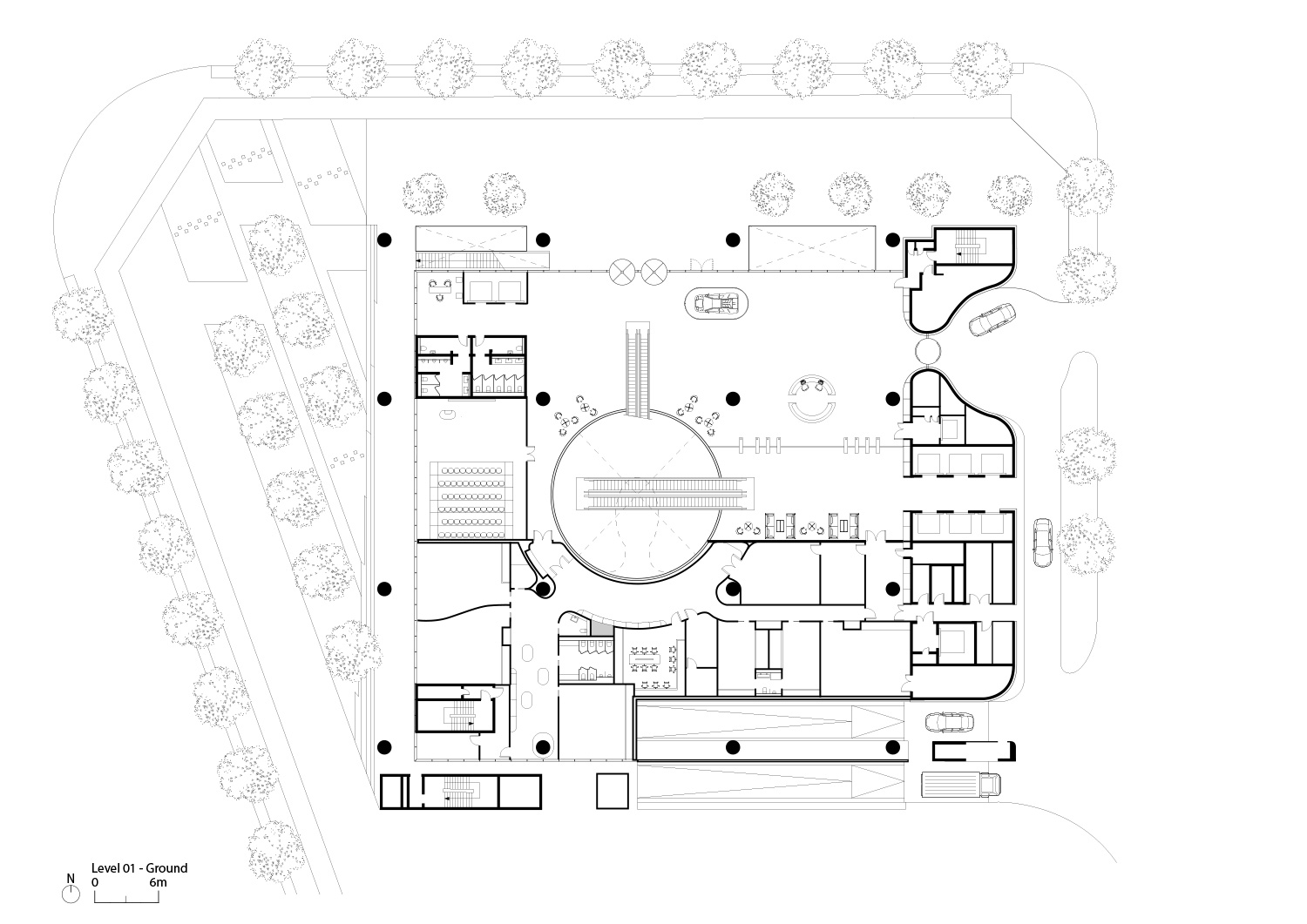
project info:
name: hankook technoplex
location: pangyo, south korea
architect: foster + partners
client: hankook
status: complete
